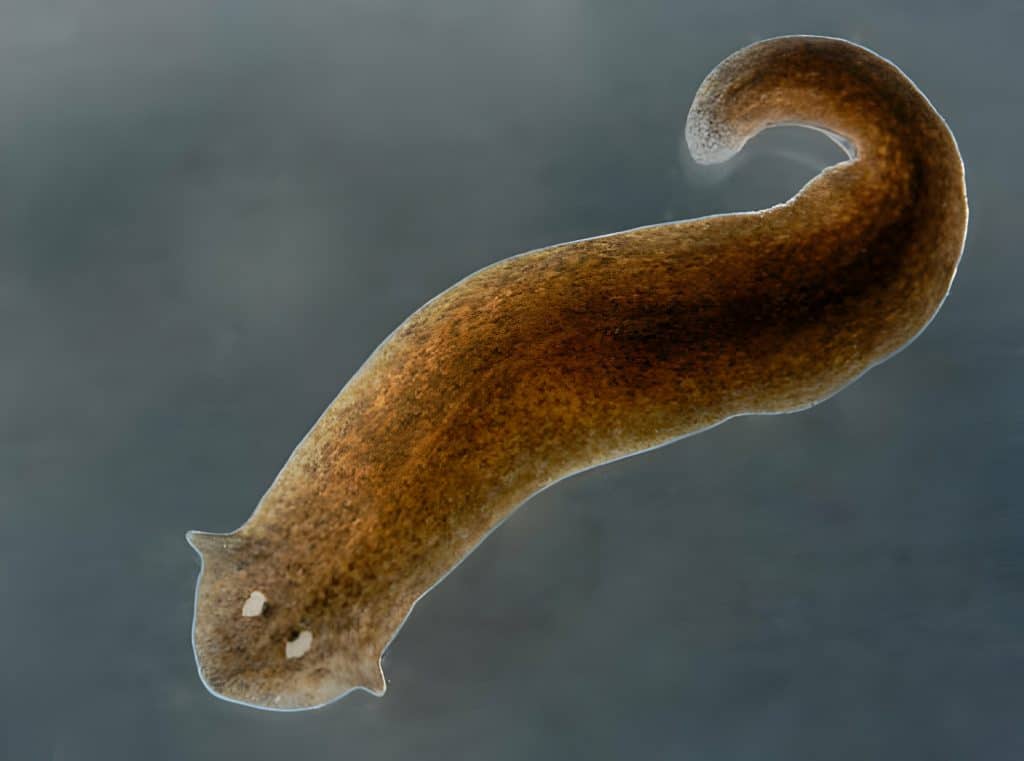Introduction to Platyhelminthes
The term Platyhelminthes, commonly referred to as flatworms, was initially introduced by Gegenbaur. These organisms represent a phylum of simple, soft-bodied invertebrate animals, deriving their name from the Greek words “platy” meaning flat, and “helminth” meaning worm. Flatworms exhibit a wide range of habitats, thriving in marine, freshwater, and even damp terrestrial environments. While most of these creatures lead free-living lives, a significant number have evolved to be parasitic, residing within other animals.

Physical Characteristics
One of the notable advancements in flatworms is cephalization, the differentiation of a head region, marking a step forward in animal evolution. Their bodies are ribbon-shaped, flattened from top to bottom (dorso-ventrally), and exhibit bilateral symmetry. Flatworms are distinguished as the simplest triploblastic animals, possessing organs developed from three germ layers: the ectoderm, endoderm, and mesoderm. Unlike many other organisms, they lack a true body cavity (coelom), other than the gut, classifying them as acoelomates. Their body structure is supported by parenchyma tissue, a type of loosely spaced mesodermal tissue.
Biological Systems and Reproduction
Despite the absence of a true circulatory, skeletal, or respiratory system, flatworms are capable of oxygen intake, primarily through integumentary exchange, where gases directly diffuse across their moist outer surfaces. Their digestive system is considered incomplete, often reduced or entirely absent in parasitic species, such as Taenia. Excretion and osmoregulation are facilitated by specialized cells known as flame cells or solenocytes and structures called protonephridia. Remarkably, flatworms exhibit a high capacity for regeneration.
Their nervous system is rudimentary yet bilaterally symmetric, featuring two cord-like nerves that branch out, resembling a ladder, with some species possessing a collection of ganglia that function as a basic brain. Sensory organs, more developed in free-living species like Planaria, allow them to interact with their environment. Reproduction in flatworms is hermaphroditic, with internal fertilization and a preference for cross-fertilization. Their life cycle can be complex, often involving indirect development stages with one or many larval forms.
Classification and Parasitism
Flatworms are categorized into three primary classes based on their parasitic tendencies: Turbellaria, Trematoda, and Cestoda, with about 25,000 known species. Notable parasitic flatworms include the liver fluke, which resides in human and animal hosts, causing significant health issues like jaundice and liver damage, and the tapeworm, which possesses a unique body structure divided into the scolex, neck, and strobila. The tapeworm’s adaptation to a parasitic lifestyle is evident in its complete reliance on predigested nutrients from the host’s gut, facilitated by the absence of a digestive system and protected by a resilient cuticle.
FAQs about Platyhelminthes
1. What are Platyhelminthes?
Platyhelminthes, or flatworms, are a phylum of simple, soft-bodied invertebrate animals. They are characterized by their flattened bodies, bilateral symmetry, and lack of a true body cavity, making them acoelomates.
2. Where can flatworms be found?
Flatworms inhabit a wide range of environments. They are found in marine, freshwater, and damp terrestrial ecosystems. While many flatworms are free-living, others are parasitic, living inside other animals.
10. How are flatworms classified?
Flatworms are classified into three main classes based on their lifestyle and parasitic tendencies: Turbellaria (mostly free-living flatworms), Trematoda (flukes), and Cestoda (tapeworms). These classifications help scientists understand their evolutionary relationships and ecological roles.



[…] Read Also: Platyhelminthese […]